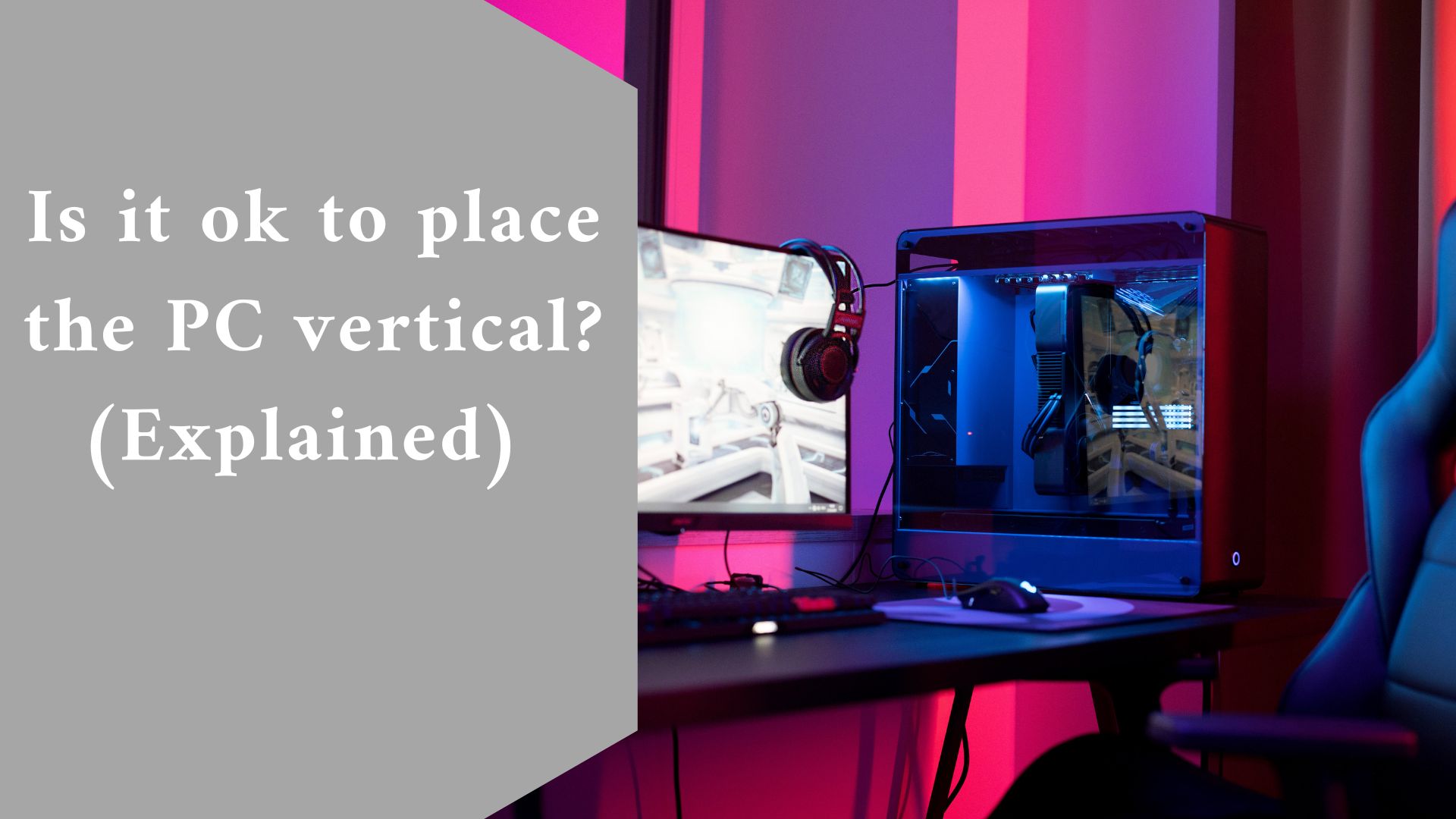While laying on its side, your computer is likely to function normally. However, unless the computer’s documentation expressly indicates that placing the tower on its side is acceptable, I would leave it upright. This is due to a few internal components that may malfunction if the computer is placed on its side.
While the majority of the hardware inside the computer is in a solid state (motherboard, CPU, graphics card, and RAM), there are a few moving elements. The hard disc, for example, spins hundreds of times every second.
If the hard disc is not meant to be utilized at different angles, it may fail sooner than expected. While most hard drives can be used horizontally or vertically, it is better to preserve them in their original position.
The most typical issue with tilting a computer on its side is with the optical drive. When you insert a CD or DVD into your computer, it rotates as quickly as the hard disc. If the drive is not designed to be used vertically, the disc may wobble and the computer will be unable to properly read it. When the disc is sideways, it may be difficult to insert it into the computer.
Vertical optical drives frequently have little levers around the edges of the CD tray that can be pulled over the CD to hold it in place. Some slot-loading optical drives (such as the iMac G5) can be used vertically, however many should only be used horizontally.
Can I run a desktop computer on its side?
Desktop computers can be configured as either a tower case or a desktop case, as illustrated in the image.
The computer is designed to be placed on its bottom rather than its side in either type of computer enclosure. Keep the following issues in mind before altering the orientation of your computer.
-
Operation of a CD or DVD drive
CD or DVD drives with trays perform best when placed horizontally. All of the newer drives, on the other hand, feature little clips on all four corners of the circle that help keep the disc in place.
Discs can still be read vertically as long as they are correctly placed and do not fall out while being inserted. It will not be a problem if your computer does not have a disc.
-
Case fans and fans
Case fans and vents on computers assist in direct airflow to the computer and keep it cool. Because vertical tower computers draw cold air from the floor and expel it as they rise, resting them on their sides may limit airflow.
If you do decide to turn a desktop computer on its side, make sure that no vents or fan holes are blocked.
-
Hard drive
Many people assume that having a hard disc on its side or upside down causes problems.
However, properly installed traditional computer hard drives and SSD work in any orientation, and putting them on their side does not affect their operation.
Final thought
Regardless of whether you believe your CD/DVD drive supports vertical placement, it is best to consult your computer handbook to discover if the computer may be positioned on its side.
The ease of putting the tower horizontally isn’t worth the trouble of replacing a broken optical drive or hard disc.
Finally, as long as you keep the preceding issues in mind, you can stand a desktop computer vertically or lay a tower on its side.
Related Article
Does Math skills help In Game Coding & Development?(Explained)

